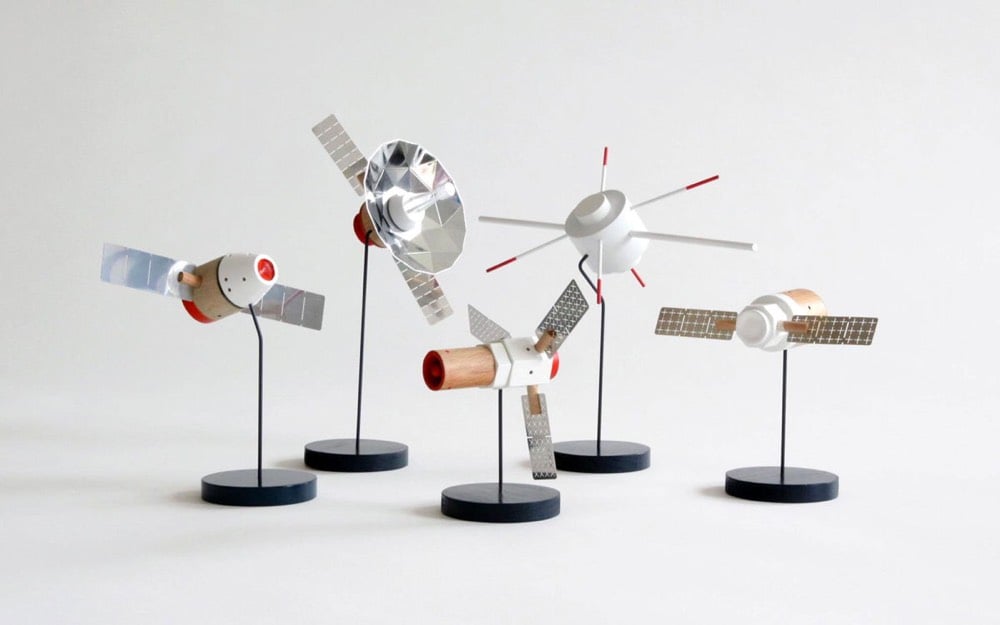Wooden Satellites

Researchers at Kyoto University and a Japanese forestry company have joined forces to develop orbital satellites made out of wood, purportedly to address the growing threat of space junk. The design will need to be resistant to dramatic changes in temperature and sunlight but will easy burn up in the Earth’s atmosphere upon reentry.
I love the idea of satellites made from wood — it seems like Victorian-era scifi. The harshness of space seems like a domain exclusively for metals and ceramics, but wood is a surprisingly versatile material used in many different severe environments on Earth. There’s no reason it couldn’t work in space as well — and if their traditional expertise in joinery is any indication, I trust the Japanese to figure out a way make it happen.
But as Ars Technica’s John Timmer notes, wooden satellites won’t meaningfully help with the space junk problem.
Unfortunately, making satellite housings out of wood won’t help with this, for many, many reasons. To start with, a lot of the junk isn’t ex-satellites; it’s often the boosters and other hardware that got them to orbit in the first place. Housings are also only a fraction of the material in a satellite, leaving lots of additional junk untouched by the change, and any wood that’s robust enough to function as an effective satellite housing will be extremely dangerous if it impacts anything at orbital speeds.
The (unrelated) photo above is of toy company Papafoxtrot’s wooden scale models of NASA spacecraft.





Stay Connected